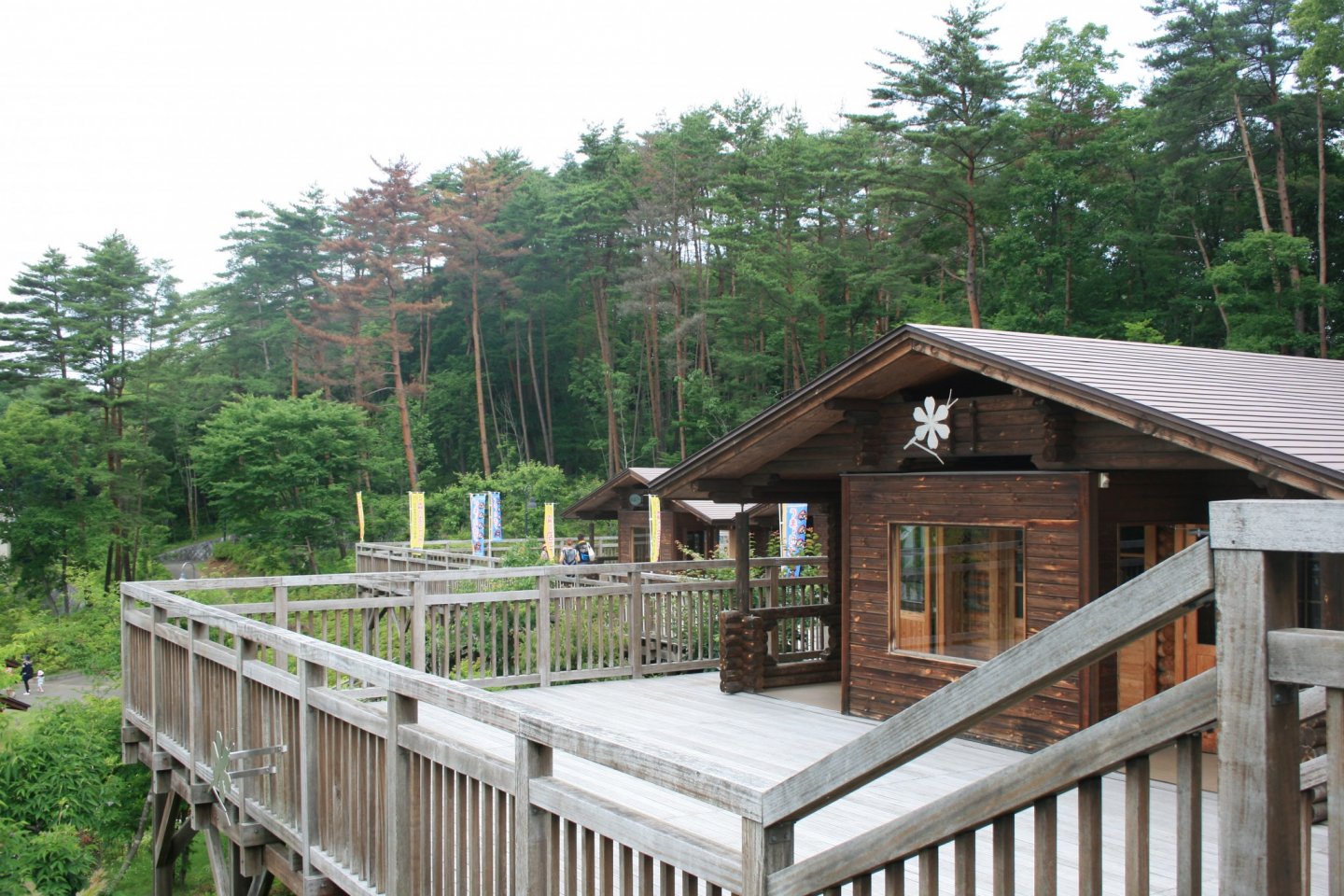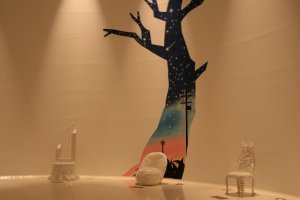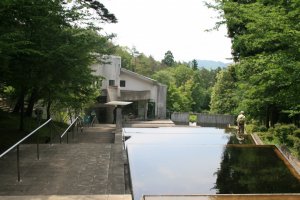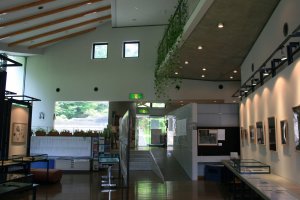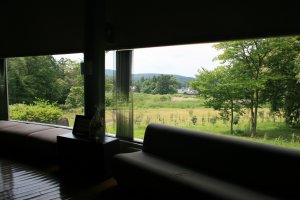Travelling through Iwate in summer can feel like stepping into a familiar but forever enchanting Studio Ghibli film. The expansive green of the landscape was not Hiyao Miyazaki's only source of inspiration, however. The stories of Hanamaki local, Kenji Miyazawa, were also of great influence. Ancient Japanese myths of shape-shifting animals, cheeky cats and Shinto-inspired woodland spirits play a part in famous texts by both prolific Japanese writers and it is easy to imagine the characters they have created bouncing through Tohoku's hills as you pass through them.
The interactive and detailed rooms of Miyazawa Kenji Dowa Mura make the daydream a reality. The establishment is a fairyland for adults and children constructed around the ethereal elements of Kenji Miyazawa's most famous stories. A path takes you through rooms full of mystical clouds, bright over-sized plant life and bugs, panoramic sensor-based stars which form constellations on every wall and white thrones with lines of his famous poetry transcribed at your heels.
Kenji Miyazawa's avid research into topography, botany, biology and astrology make Miyazawa Kenji Dowa Mura is great place to take children. Adjacent to the main fairytale hall is a line of wooden huts which provide information on the area fauna and flora, helpful for early learners. It is also definitely enjoyable as an adult as, even if you are unfamiliar with Kenji Miyazawa's work, you will enjoy how both the aesthetic and origin of his illustrations and topics echo a sense of Iwate's history and personal interpretation of the region's natural beauty.
This is just one way to experience Kenji Miyazawa's work and legacy. As soon as you arrive in Miyazawa's hometown of Hanamaki you will find a bundle of places to go to explore Kenji Miyazawa's genius. Not only was he a gifted story-teller and poet, he was also a teacher and scientist, as well as an activist passionate about lessening the social divide between rich and poor in the nation, a gap widening in the early 20th Century.
Up the hill at Miyazawa Kenji Kinenkan you can learn more about his life-long investigation into geography, crystals, flowers, art, calligraphy and the stars.
An English brochure is available at the ticket counter. Be sure to pick one up as all of the museum's creation is in Japanese. A small information centre and gallery is also located to the right when descending the hill from Miyazawa Kenji Kinenkan which has copies of some of Kenji Miyazawa's classics in English, such as Night Train to the Stars and The Restaurant of Many Orders. Visiting the region and getting a sense of how deep his interests went in a variety of fields is a must-do before discovering or revisiting Kenji Miyazawa's adored short novels.
